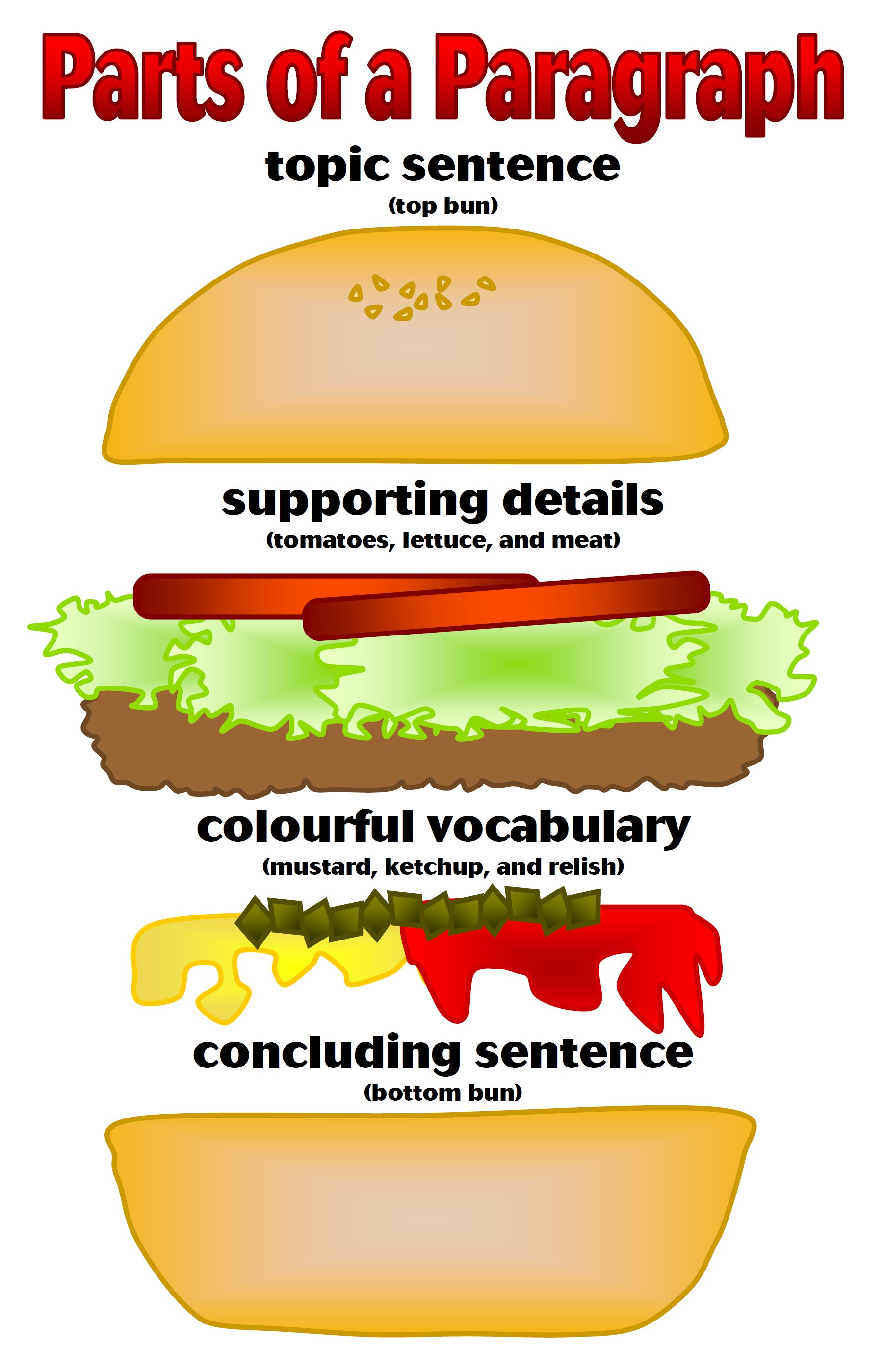Identifying the Topic and Thesis of a Text
The topic is the general subject.
To find the topic, ask yourself, “What is this text about?”
It can be expressed in a phrase like, “mental health” or “the effects of mental health on poverty,”
A topic is not a thesis.
The thesis is the point the author is trying to prove.
thesis = topic + the author’s point (claim)
To find the thesis, ask yourself, “What is the point the author is making about the topic?”
A thesis can only be expressed by a complete sentence. Be sure to write out a complete sentence when identifying the source’s thesis.
It cannot be in the form of a question.
This video offers guidance in identifying the thesis statement of a work, no matter if it’s explicit or implicit.
Topic Sentence (explicitly stated main idea) of a Paragraph
We’ve learned that a thesis statement conveys the primary message of an entire piece of text. Now, let’s look at the next level of important sentences in a piece of text: topic sentences in each paragraph.
A paragraph is composed of multiple sentences focused on a single, clearly-defined topic. There should be exactly one main idea per paragraph, so whenever an author moves on to a new idea, he or she will start a new paragraph. For example, this paragraph defines what a paragraph is, and now we will start a new paragraph to deal with a new idea: how a paragraph is structured.
Paragraphs are actually organized much like persuasive papers are. Just like a paper has a thesis statement followed by a body of supportive evidence, paragraphs have a topic sentence followed by several sentences of support or explanation. If you look at this paragraph, for example, you will see that it starts with a clear topic sentence letting you know that paragraphs follow a structure similar to that of papers. The next sentence explains how a paragraph is like a paper, and then two more sentences show how this paragraph follows that structure. All of these sentences are clearly connected to the main idea.
The topic sentence of a paragraph serves two purposes: first, it lets readers know what the paragraph is going to be about; second, it highlights the connection between the present paragraph and the one that came before. The topic sentence of this paragraph explains to a reader what a topic sentence does, fulfilling the first function. It also tells you that this paragraph is going to talk about one particular aspect of the previous paragraph’s main idea: we are now moving from the general structure of the paragraph to the particular role of the topic sentence.
After the topic sentence introduces the main idea, the remainder of the sentences in a paragraph should support or explain this topic. These additional sentences might detail the author’s position on the topic. They might also provide examples, statistics, or other evidence to support that position. At the end of the paragraph, the author may include some sort of conclusion or a transition that sets up the next idea he or she will be discussing (for example, you can see this clearly in the last sentence of the previous paragraph).
A useful metaphor would be to think of the thesis statement of a text as a general: it controls all the major decisions of the writing. There is only one thesis statement in a text. Topic sentences, in this relationship, serve as captains: they organize and sub-divide the overall goals of a writing into individual components. Each paragraph will have a topic sentence.

It might be helpful to think of a topic sentence as working in two directions simultaneously. It relates the paragraph to the essay’s thesis, and thereby acts as a signpost for the argument of the paper as a whole, but it also defines the scope of the paragraph itself. For example, consider the following topic sentence:
“Many characters in Lorraine Hansberry’s play A Raisin in the Sun have one particular dream in which they are following, though the character Walter pursues his most aggressively.”
If this sentence controls the paragraph that follows, then all sentences in the paragraph must relate in some way to Walter and the pursuit of his dream.
Topic sentences often act like tiny thesis statements. Like a thesis statement, a topic sentence makes a claim of some sort. As the thesis statement is the unifying force in the essay, so the topic sentence must be the unifying force in the paragraph. Further, as is the case with the thesis statement, when the topic sentence makes a claim, the paragraph which follows must expand, describe, or prove it in some way. Topic sentences make a point and give reasons or examples to support it.
The topic sentence is often, though not always, the first sentence of a paragraph.